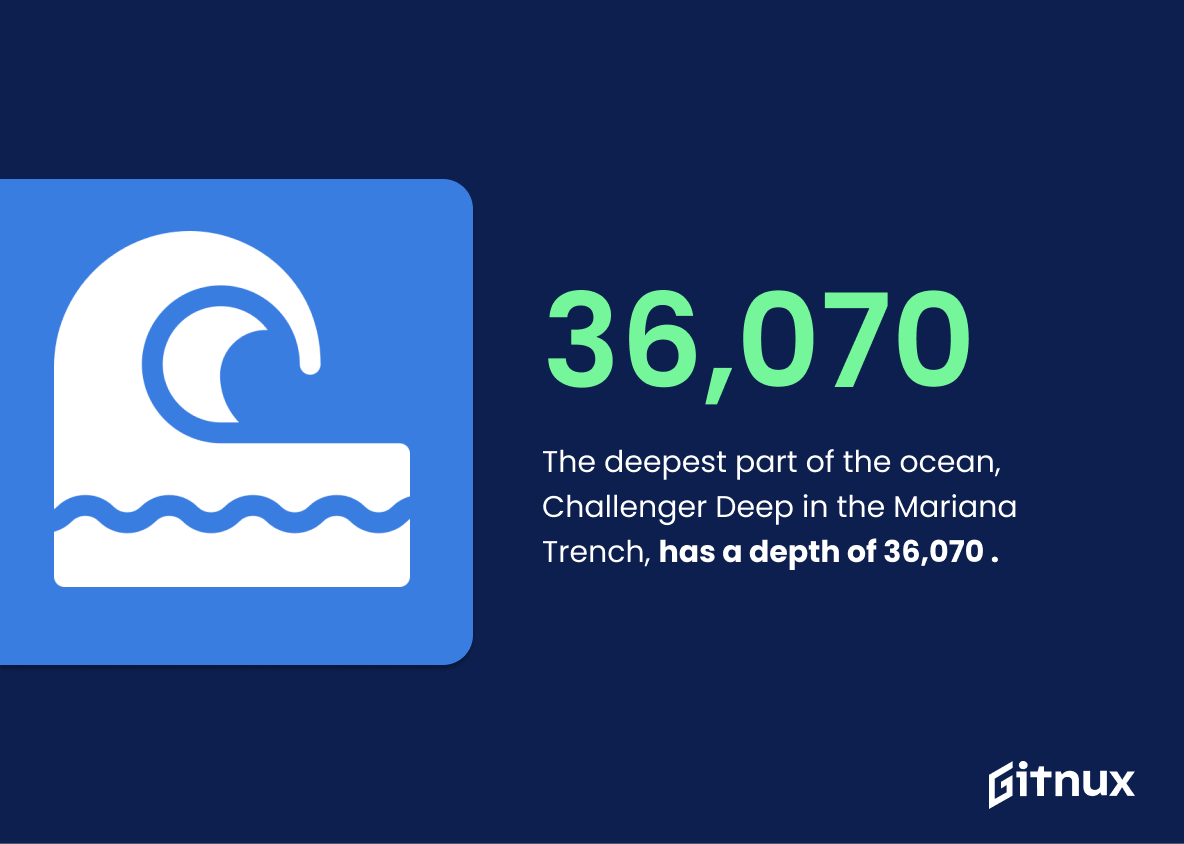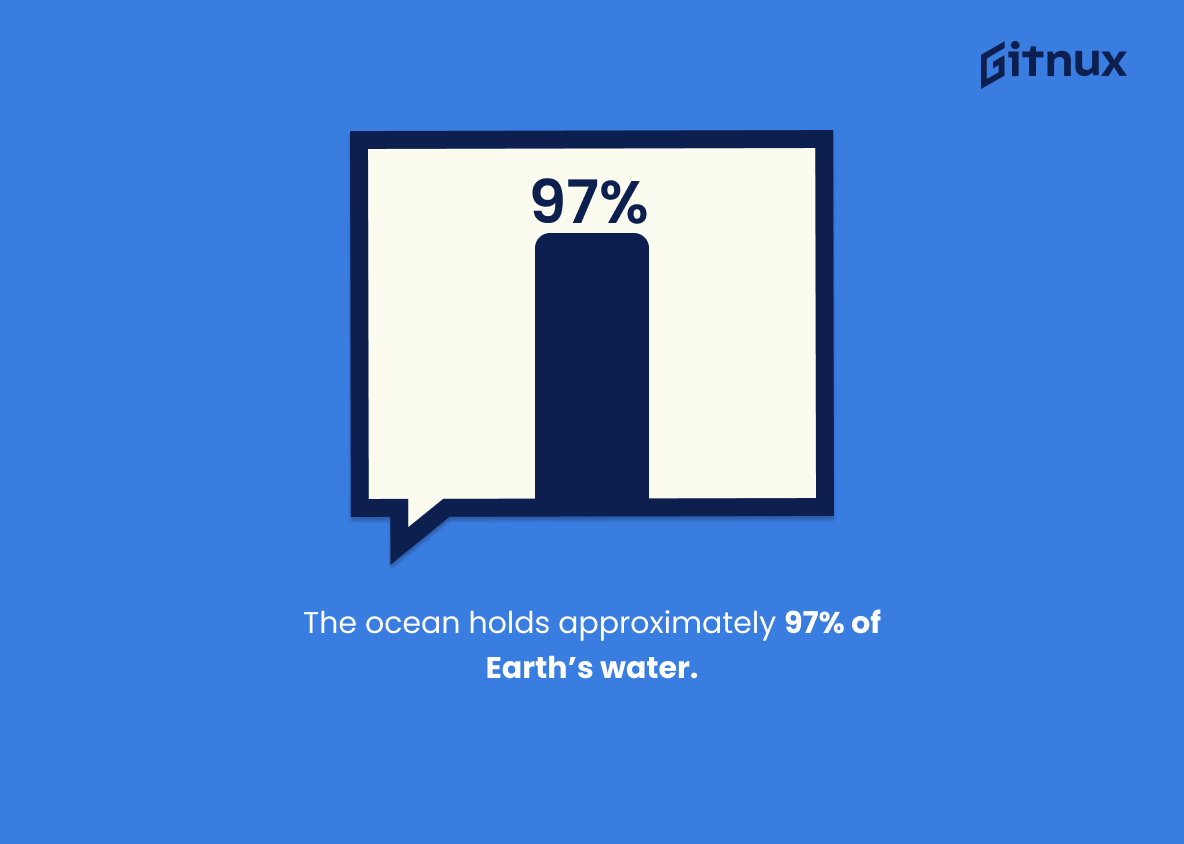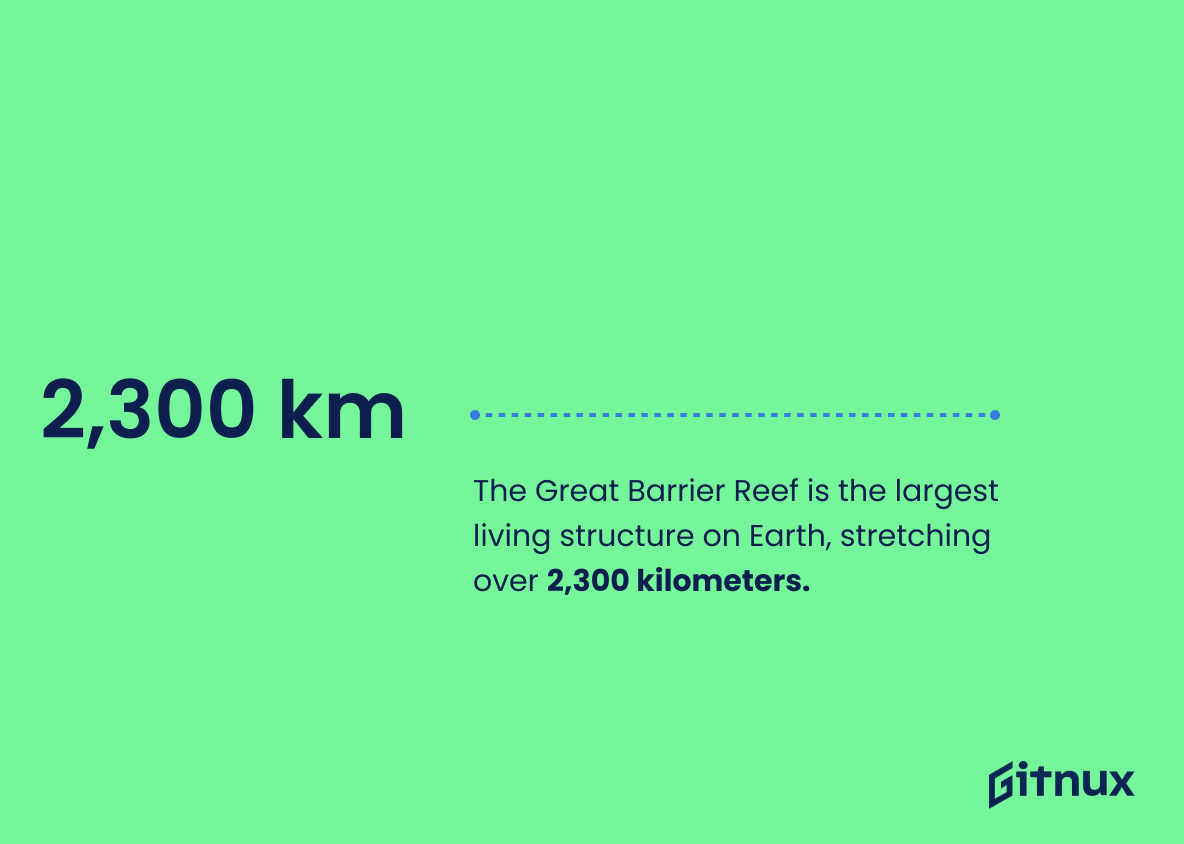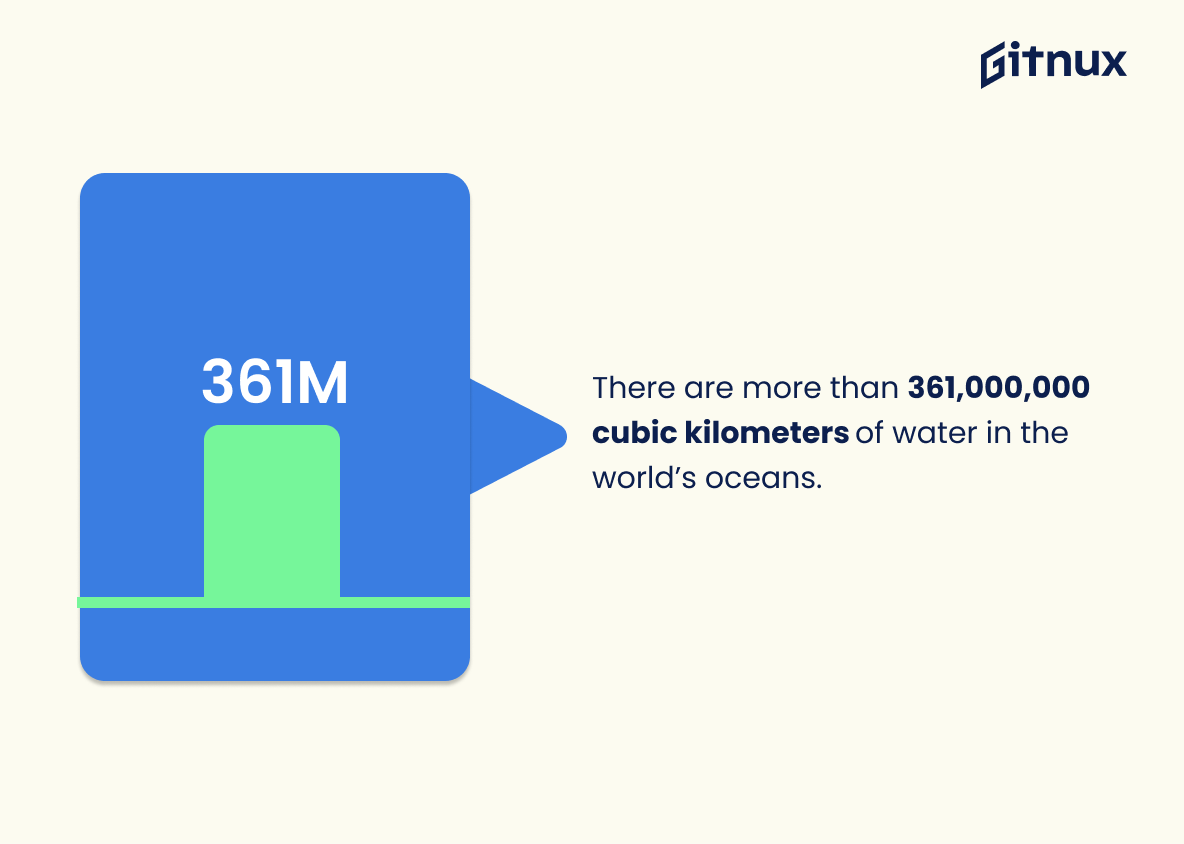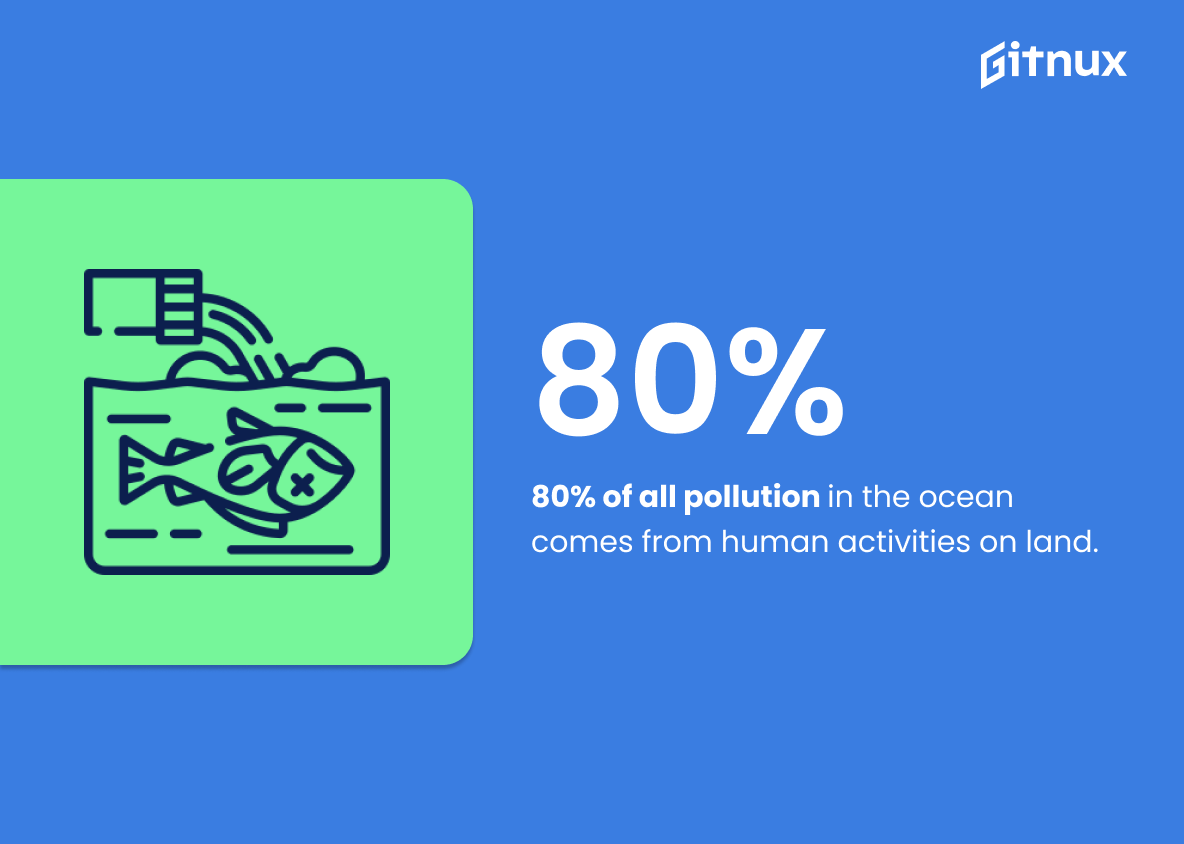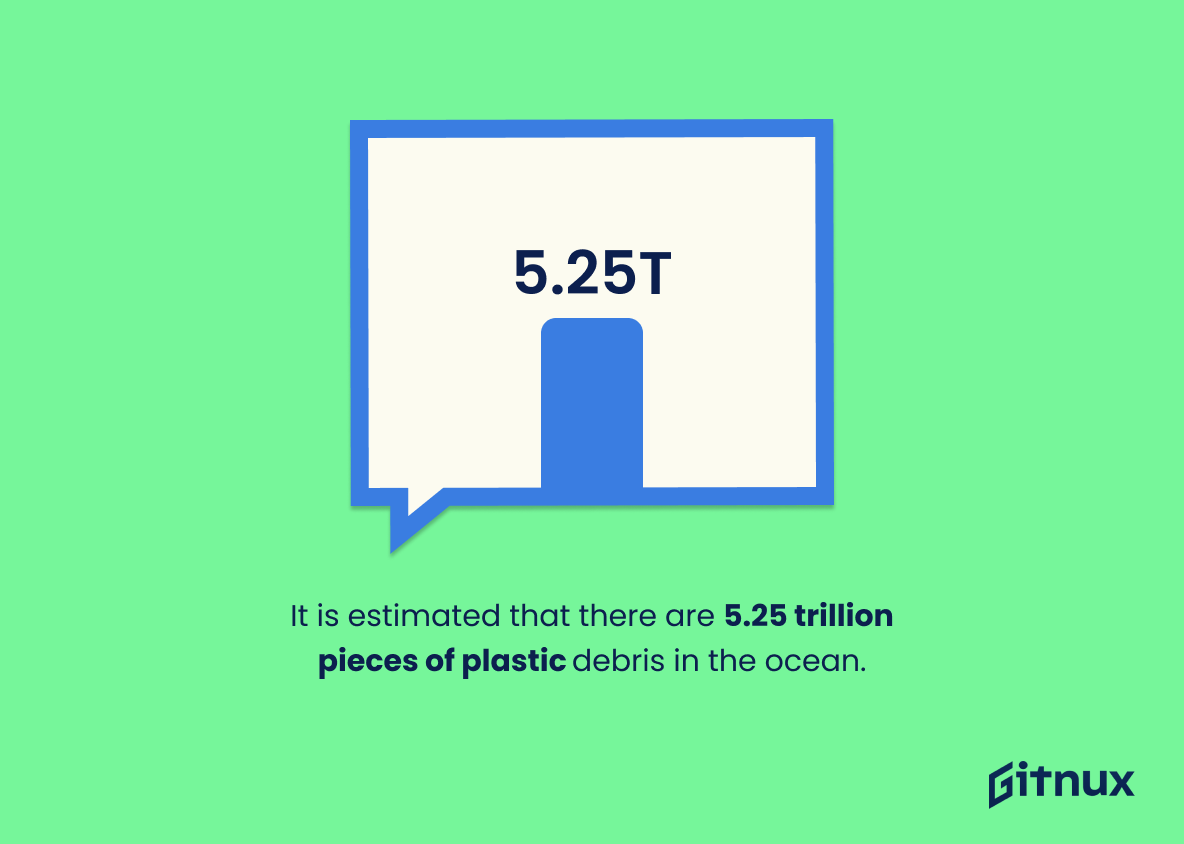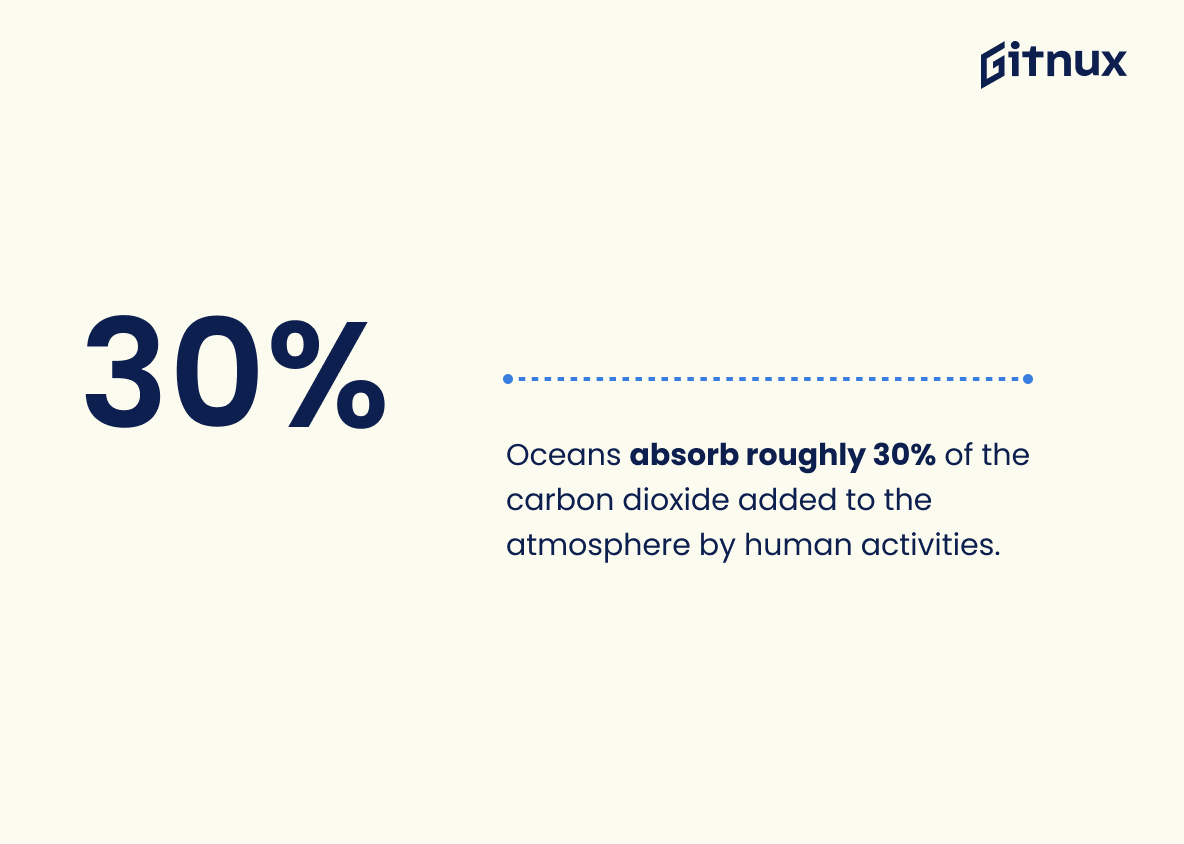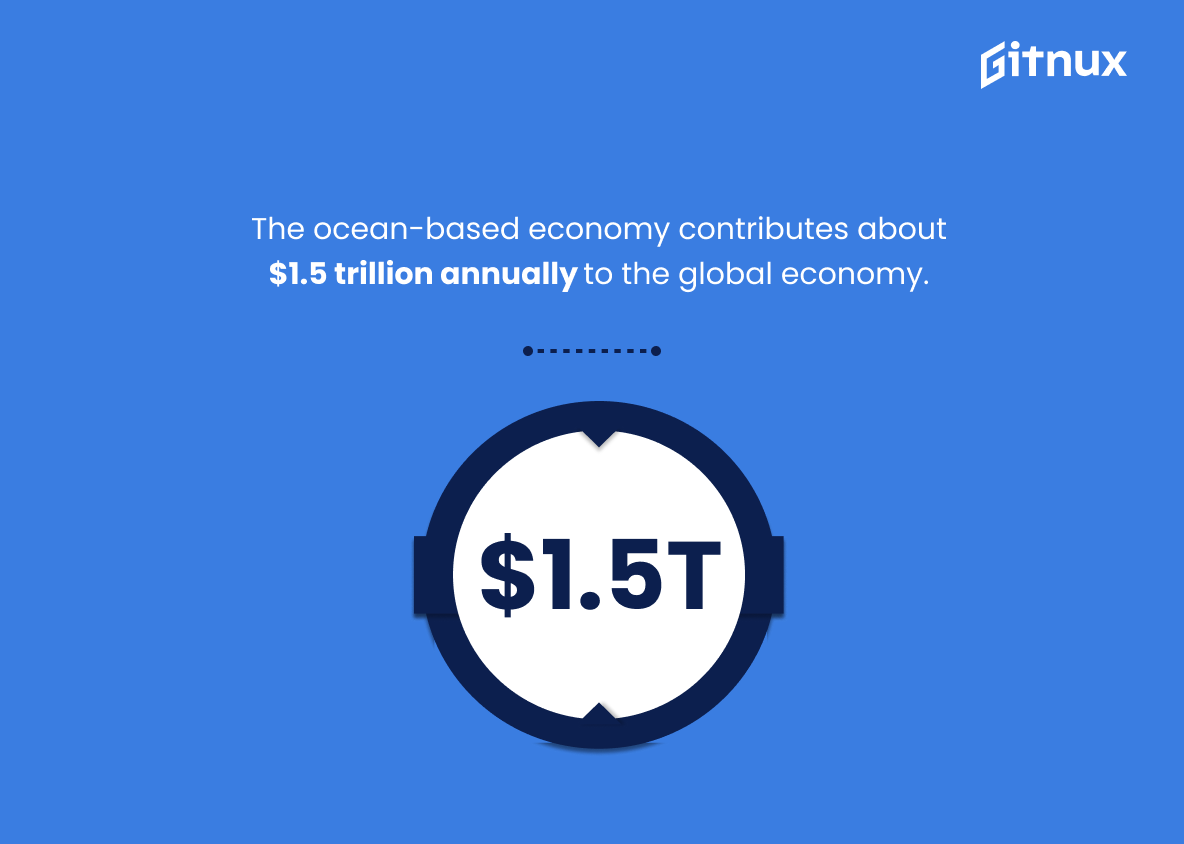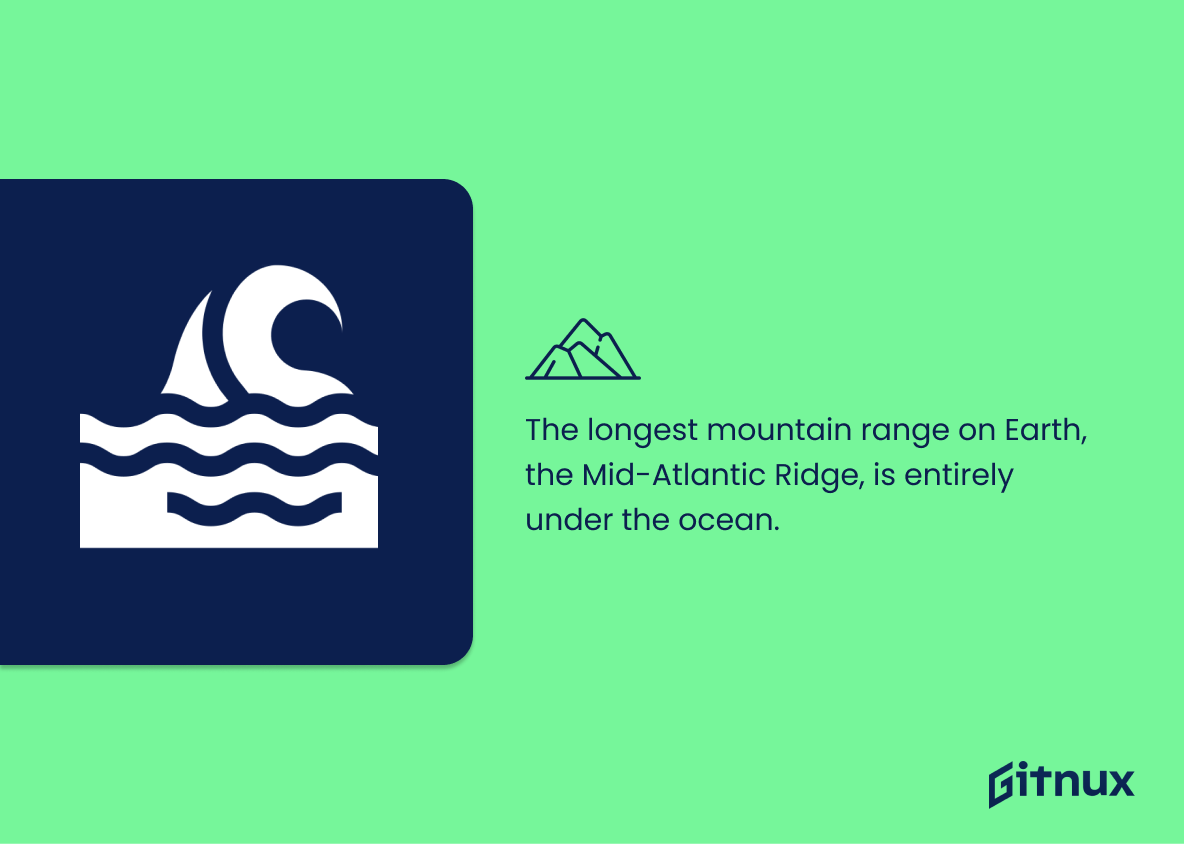The ocean is an incredible and mysterious part of our planet. It covers 71% of the Earth’s surface, has an average depth of 3,682 meters (12,080 feet), and holds 97% of all water on Earth. The Great Barrier Reef is the largest living structure in existence at 2,300 kilometers long while Challenger Deep in the Mariana Trench is 36,070 feet deep – making it one of the deepest parts on earth. Coral reefs are home to 50% marine species while 80% pollution comes from human activities on land. An estimated 5 trillion pieces plastic debris can be found floating around oceans with 30 percent carbon dioxide added by humans being absorbed into them each year. Over 3 billion people depend upon marine life for their livelihoods as well as providing more than half oxygen supply needed for survival; 93 percent extra heat trapped by greenhouse gases also gets stored here annually. Despite 90 percent unexplored habitats there are over 200 thousand identified species with a $1.5 trillion contribution to global economy every year – not forgetting that Gulf Stream transmits 100 times energy generated worldwide or highest tides reaching up 16 meters high located in Bay Fundy. Lastly we have Great Pacific Garbage Patch which happens to be twice size Texas filled with plastic waste – highlighting how much damage we’ve done so far…
Ocean Statistics Overview
The deepest part of the ocean, Challenger Deep in the Mariana Trench, has a depth of 36,070 feet (10,994 meters).
This statistic is a testament to the sheer magnitude of the ocean’s depths. It serves as a reminder of the vastness of the ocean and the mysteries that still remain to be discovered. It is a reminder of the importance of protecting and preserving the ocean and its resources, as well as the need to continue to explore and learn more about the depths of the ocean.
The ocean holds approximately 97% of Earth’s water.
This statistic is a powerful reminder of the sheer magnitude of the ocean’s influence on our planet. It serves as a stark reminder of the importance of protecting and preserving our oceans, as they are essential to life on Earth.
The Great Barrier Reef is the largest living structure on Earth, stretching over 2,300 kilometers.
This statistic is a testament to the sheer magnitude of the Great Barrier Reef, highlighting its immense size and importance. It serves as a reminder of the vastness of the ocean and the incredible biodiversity it contains. It also serves as a reminder of the fragility of the ocean and the need to protect it from human-caused destruction.
There are more than 361,000,000 cubic kilometers of water in the world’s oceans.
This statistic is a powerful reminder of the sheer magnitude of the world’s oceans. It serves as a stark reminder of the sheer size of the ocean and the vastness of the resources it contains. It also serves as a reminder of the importance of protecting and preserving these resources for future generations.
Approximately 50% of the world’s marine species may be found in coral reefs.
This statistic is a stark reminder of the importance of coral reefs in sustaining marine life. It highlights the need to protect these fragile ecosystems, as they are home to a vast array of species that would otherwise be lost. It is a call to action to ensure that coral reefs are preserved and conserved for future generations.
80% of all pollution in the ocean comes from human activities on land.
This statistic is a stark reminder of the impact humans have on the ocean. It highlights the need for us to take responsibility for our actions and to take steps to reduce the amount of pollution we are introducing into the ocean. It is a call to action to protect our oceans and the creatures that inhabit them.
It is estimated that there are 5.25 trillion pieces of plastic debris in the ocean.
This statistic is a stark reminder of the devastating impact humans have had on the ocean. It paints a vivid picture of the sheer amount of plastic waste that has been carelessly discarded into the ocean, and serves as a call to action to reduce our plastic consumption and take better care of our planet’s oceans.
Oceans absorb roughly 30% of the carbon dioxide added to the atmosphere by human activities.
This statistic is a stark reminder of the immense impact humans have on the environment. It highlights the fact that our activities are contributing to the ocean’s absorption of carbon dioxide, which can have a detrimental effect on the health of the ocean and its inhabitants. It is a call to action to reduce our carbon footprint and take steps to protect our oceans.
Each year, the ocean absorbs approximately 93% of the extra heat trapped by greenhouse gases.
This statistic is a stark reminder of the immense burden the ocean carries in terms of climate change. It highlights the fact that the ocean is absorbing the majority of the extra heat trapped by greenhouse gases, which is having a devastating effect on marine life and ecosystems. It is a sobering reminder of the urgent need to take action to reduce emissions and protect our oceans.
About 90% of the ocean’s habitats remain unexplored.
This statistic is a stark reminder of how much of the ocean’s depths remain a mystery. It highlights the need for further exploration and research into the ocean’s habitats, as well as the importance of protecting the areas that have already been explored. It is a call to action for us to better understand and protect the ocean’s habitats before it is too late.
The ocean-based economy contributes about $1.5 trillion annually to the global economy.
This statistic is a powerful reminder of the immense economic value of the ocean-based economy. It highlights the importance of the ocean in the global economy and the need to protect and sustainably manage our ocean resources. It also serves as a reminder of the potential economic losses that could result from the degradation of our ocean resources.
The longest mountain range on Earth, the Mid-Atlantic Ridge, is entirely under the ocean.
This statistic is a powerful reminder of the sheer magnitude of the ocean’s expanse. It serves to illustrate the sheer size of the ocean and the vastness of its depths, which can often be overlooked. It also serves to highlight the importance of the ocean in our lives, as it is home to a vast array of species and ecosystems that are essential to our planet’s health.
Conclusion
The ocean is an incredibly vast and diverse environment, with a wide range of statistics that demonstrate its immense size and importance. From the 71% of Earth’s surface covered by oceans to the 5.25 trillion pieces of plastic debris in them, it is clear that humans have had a significant impact on this vital ecosystem. The Great Barrier Reef stretches over 2,300 kilometers while more than 361 million cubic kilometers of water are held within our world’s oceans – providing oxygen for us all as well as contributing $1.5 trillion annually to the global economy through marine-based activities such as fishing and tourism. With 90% still unexplored there remains much we can learn about these incredible bodies of water; however, it is also important to remember how fragile they are due to human pollution from land-based sources which account for 80%of all oceanic contamination – making conservation efforts essential if we want future generations to continue enjoying their many benefits.
References
0. – https://www.iucn.org
1. – https://www.oceanservice.noaa.gov
2. – https://www.usgs.gov
3. – https://www.noaa.gov
4. – https://www.oceanexplorer.noaa.gov
5. – https://www.nature.org
6. – https://www.climate.gov
7. – https://www.nationalgeographic.com
8. – https://www.ocean.si.edu
9. – https://www.research.wri.org
